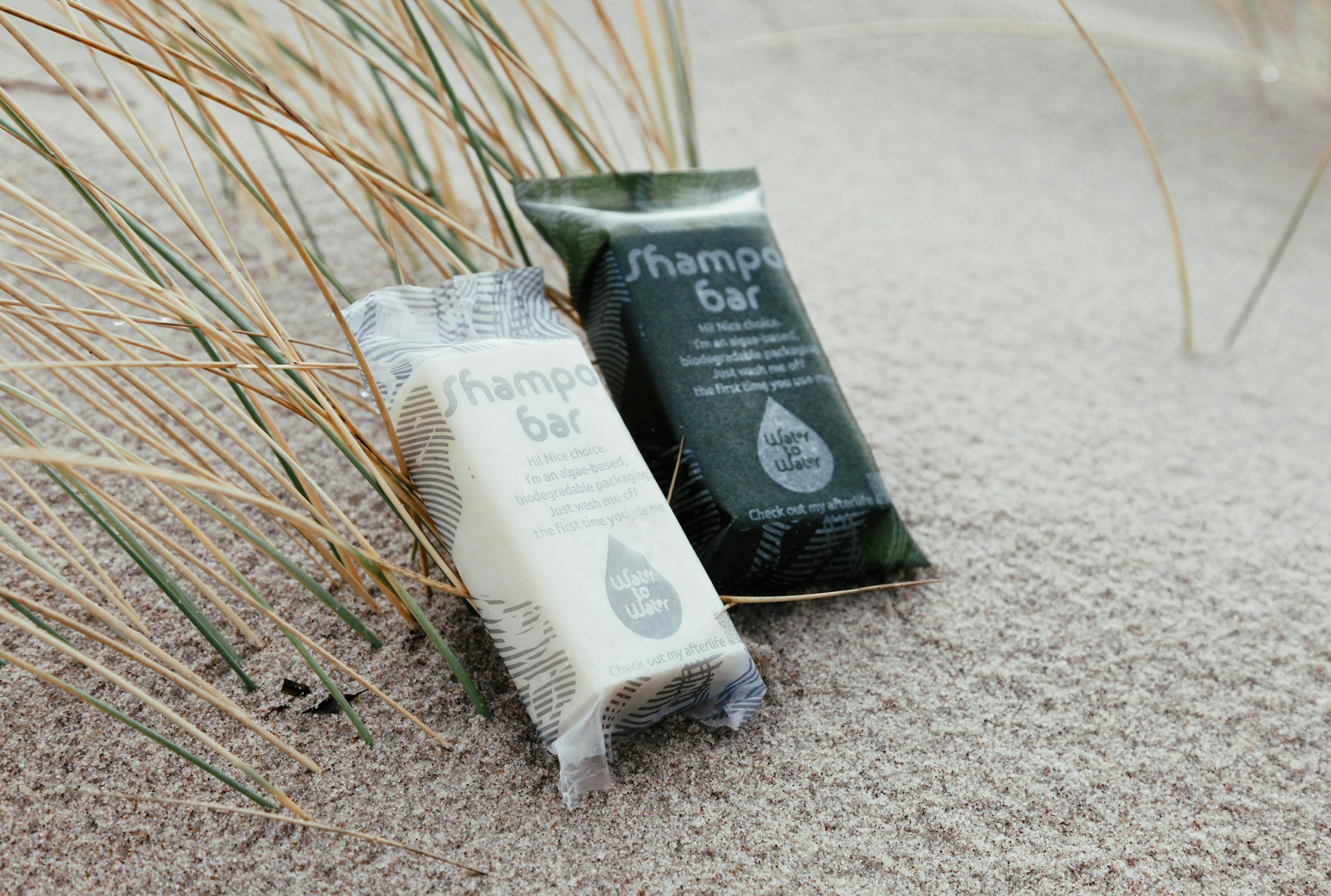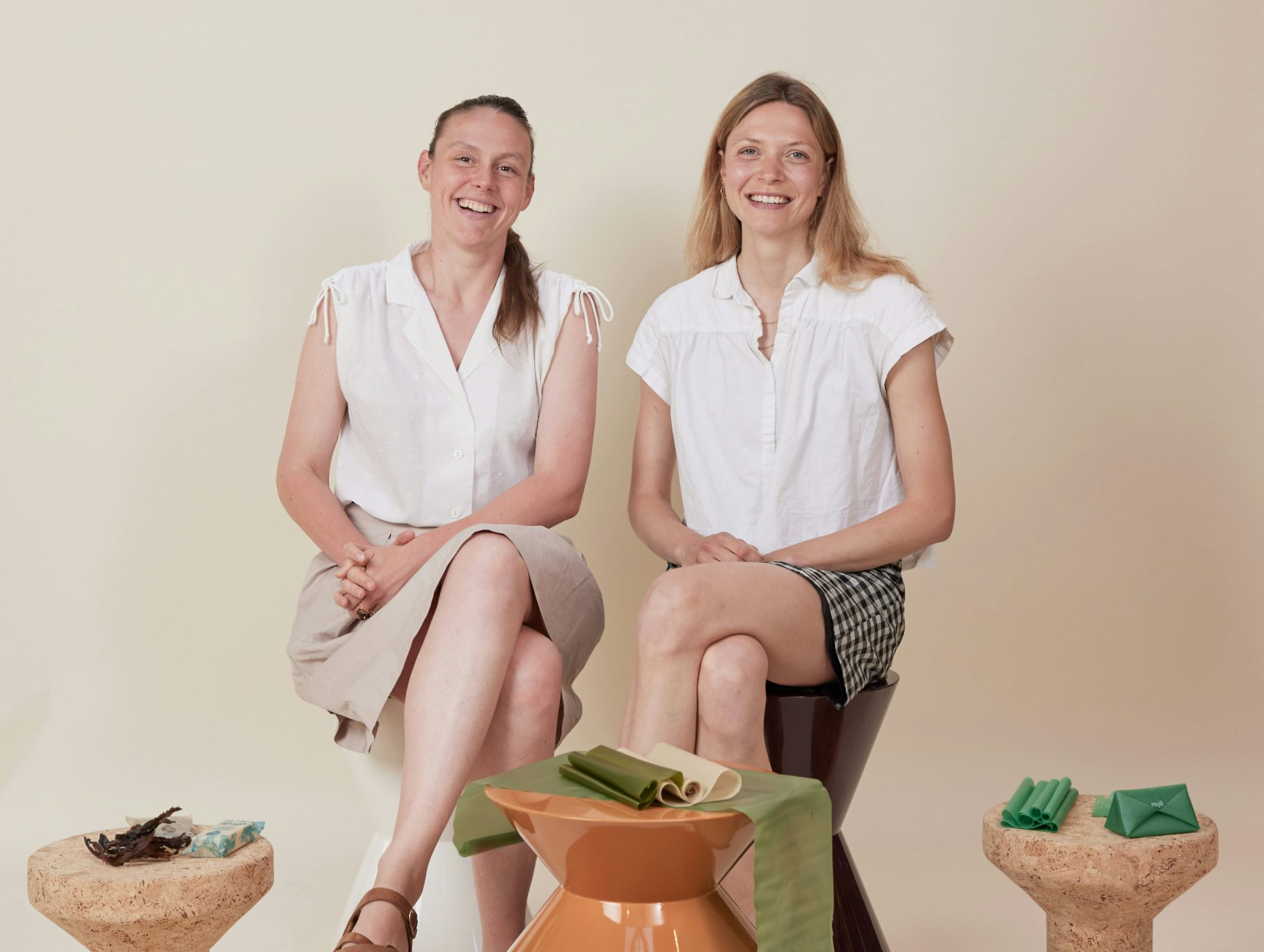
La magia de
los detalles
Nuestro resorte patentado, diseñado por el cofundador de Secrid, inspirado por su padre que le enseñó la magia de los detalles.
Es la hora de almorzar. Debido a corona, René, el cofundador de Secrid, no está hoy en la oficina con su equipo, sino en el salón con sus padres, ya, Gerrie (81) y Joop van Geer (91). Hablamos a través de Teams acerca de la relación padre e hijo y de cómo Joop inspiró a René, y también hablamos sobre el diseño del resorte de las carteras.
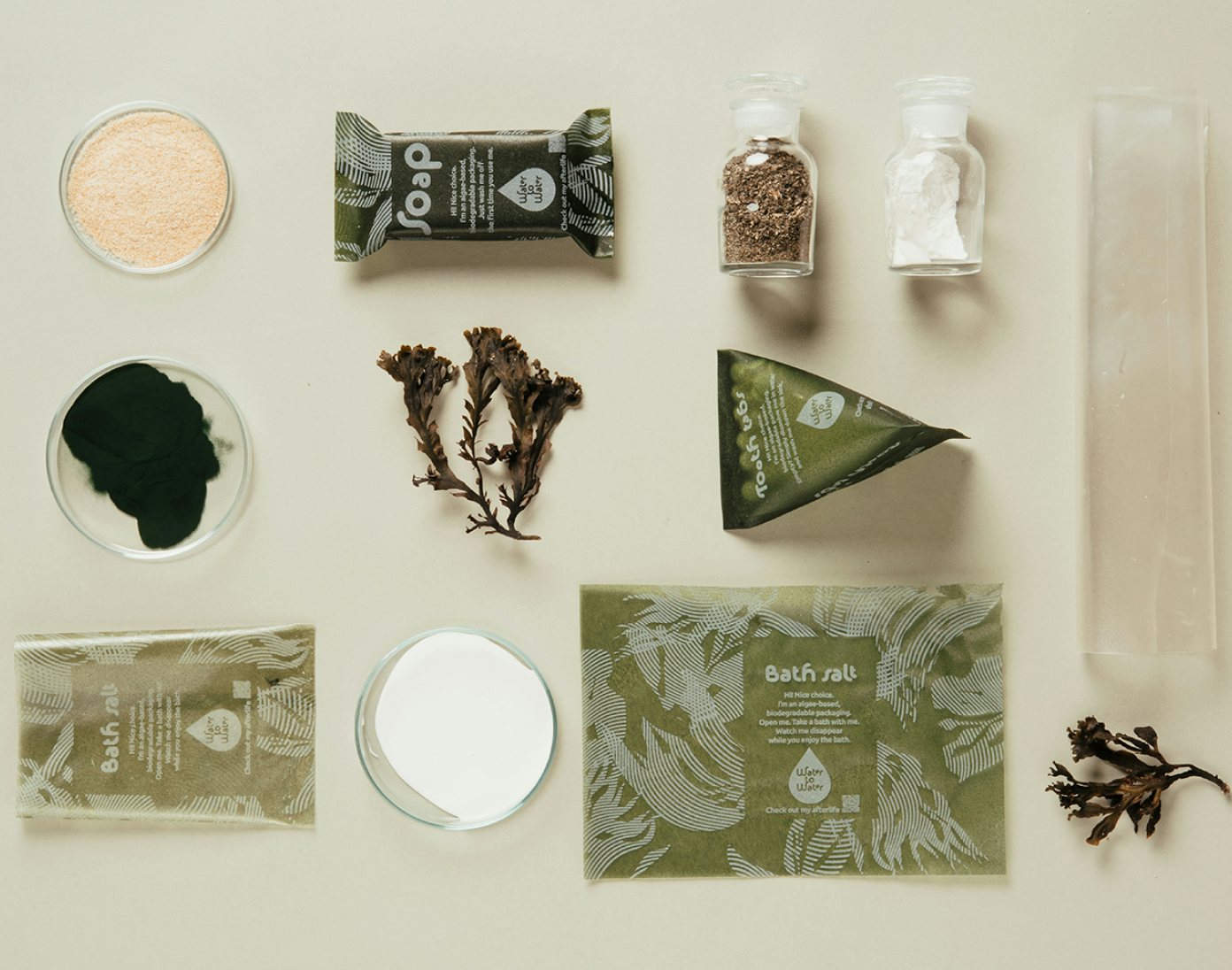

Photography: Anouk Moerman & Mujō
This makes it an exciting resource for the packaging industry, which is currently one of the largest drivers of plastic pollution. Single-use containers and bags make up a large part of the problem: around the world, we buy a million plastic bottles a minute and recycle less than 10% of what we throw away. This means the vast majority ends up in landfill, or leaking into nature, where it can take up to 1,000 years to decompose.
By bringing together design and science, mujō has found a way to deliver a beautiful, functional alternative to plastic that is as harmless to the environment as a fruit peel. To learn more about their story, we talked to mujō’s co-founders Juni Neyenhuys and Annekathrin Grüneberg. Here, we ask them 7 questions about the industry they’re trying to change, their choices and dilemmas as creative entrepreneurs and where they’re headed to next.
Tell us the story behind mujō! How did the idea first come about?
Juni: So, Anne and I actually met in 2018, during a university project. Anne was studying polymer physics at the technical university in Berlin and I was studying textile design together with our former co-founder Malu. At first, we were working on making a new type of yarn out of seaweed. And then in 2020, we realised there was a huge potential for these kinds of materials in the packaging market, which has a big problem with plastic pollution. That's why we said, okay, let's use this ability of seaweed—a material which can biodegrade really quickly—for the use case of packaging. This is how everything started.
Can you tell us a little bit about the industry you’re trying to change?
Anne: When it comes to packaging, the dominant materials on the market are glass, paper, plastic, metal. From these, the one that is causing the most severe pollution is plastic, because it does not biodegrade in nature. The other materials are less problematic, because they can erode with time. And even when they turn into smaller pieces they don't cause as much harm to the environment as plastic.
Unfortunately plastic has all these great properties: it’s super flexible, durable, you can form it in any way you want, and it’s cheaper than many other materials we have. Right now, we’re dealing with a kind of addiction to plastic, simply because it's so comfortable to use and it’s so hard to develop alternatives that perform in the same way.
Juni: To give you an idea of the numbers: the world currently produces 133 million tonnes of new plastic packaging every year. What’s also shocking is that studies have found that we as humans eat five grams of microplastic every week—the same amount as what’s in a credit card. So it's really everywhere.
This is also why recycling is not a great solution, because this technological cycle still exists in a biosphere. The problem with plastic is that it isn't food for any organism. And often, when things get recycled, the materials lose quality or are contaminated, so you can't use them again for food or cosmetic packaging. It also costs more to recycle than to buy virgin plastic.
How is mujō doing things differently in packaging?
Juni: Our bioplastic is made using polymers extracted from seaweed. Seaweed is a resource which can grow in salty waters all over the world. It naturally binds nutrients, it cleans the water, and it can even capture carbon dioxide from the atmosphere. But what makes it so interesting for material design is that it can be cultivated without the need for any additional water or agricultural land, unlike most bio-based materials.
At mujō we make materials using biopolymers extracted directly from seaweed. We don't modify it chemically, which means that it still is in a structure that nature knows how to process. This is an advantage because other bioplastics can only degrade in very specific, industrial settings.
Me gusta hacer cosas al alcance de todo el mundo y no solo de un par de elegidos.
¿Cuántos Cardprotectors tiene?
Joop: Yo tengo dos y Gerrie, mi esposa, tres. Suelo llevar dinero en efectivo en uno de ellos. ¡La solución perfecta! ¡No he podido mejorar nada! —se ríe—. Ese pequeño resorte en el tarjetero funciona muy bien. Es un diseño muy refinado. Característico de René.
René: Me vuelven loco los pequeños detalles. Ya soñaba con ellos de niño. Una especie de relación amor y miedo al mismo tiempo. Siempre me han llamado la atención, esas pequeñas cosas. La solución mecánica y el movimiento. Tengo una gran afinidad por estos detalles. Los objetos que llevamos son una extensión del cuerpo. Los necesitamos para compensar las carencias del cuerpo humano. Y lo que me gusta de nuestras carteras es que son objetos personales que puedes llevar todo el día encima. Me gusta hacer cosas al alcance de todo el mundo y no solo de un par de elegidos.
Ese pequeño resorte con el que pliega el brazo del Cardprotector es una parte muy importante, así que ¿crees que todavía se puede mejorar después de todos estos años?
René: Sí, claro que sí. Llevamos trece años en el mercado con este producto. Guardamos y analizamos todas las devoluciones. Así podemos averiguar dónde está el talón de Aquiles. Lo reparamos o le enviamos uno nuevo al cliente. El resorte se carga dinámicamente y es, en principio, la parte más vulnerable de la cartera. Cada pequeño espacio o esquina redondeada determina su vida útil. Lo probamos un millón de veces. ¡En cierto momento, se nos fueron más máquinas de prueba que resortes!
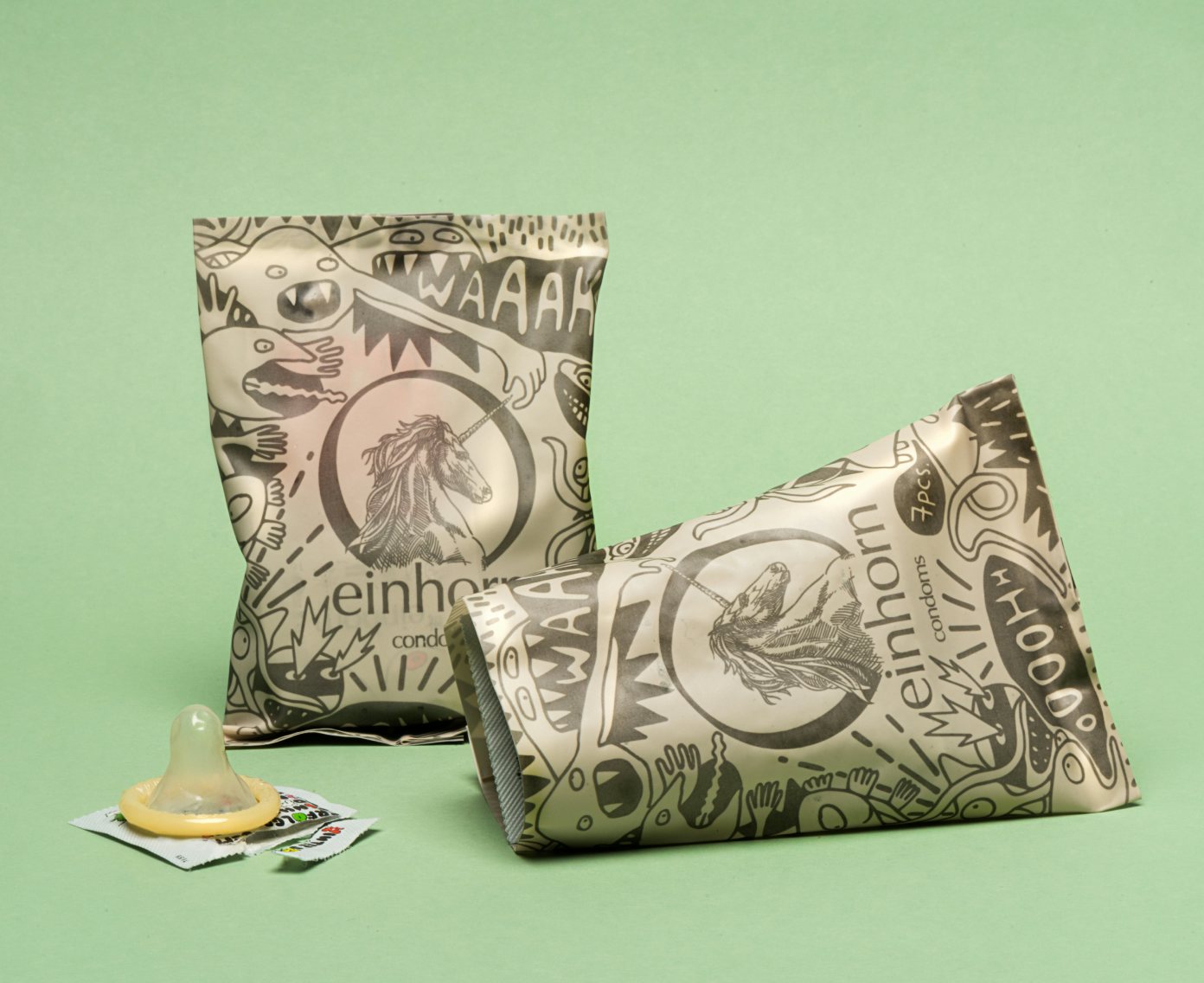
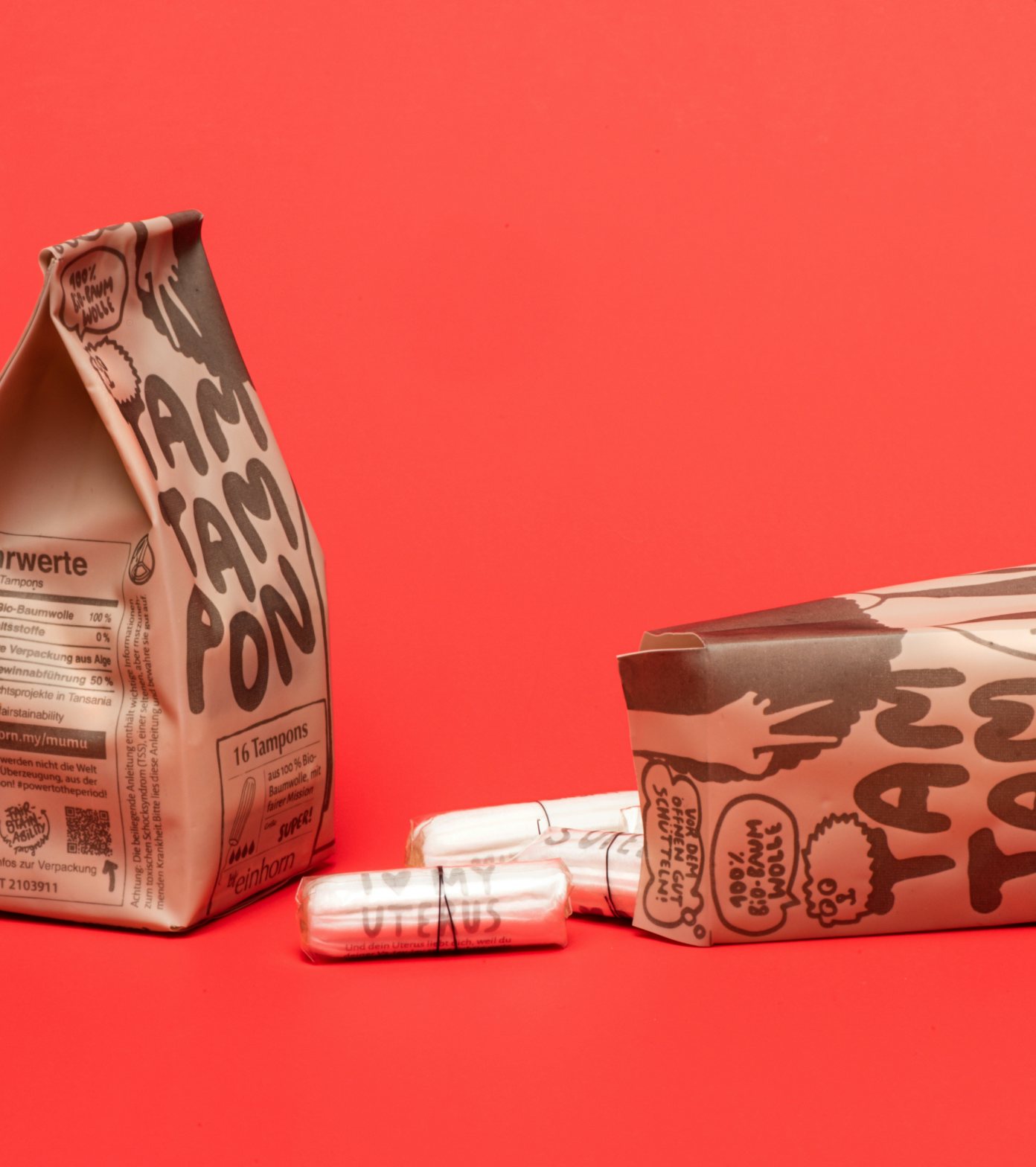
¿Tratar los productos de esta manera, sería entonces otra forma de afrontar el futuro?
René: Tiene que serlo...
Joop: En bien de la sostenibilidad, sí, por supuesto.
René: Esperas que un producto dure lo más posible, pero esta vida útil debería ir en consonancia con el uso que se da al producto. El plástico, por ejemplo, dura demasiado. Te lo encuentras en la naturaleza después de décadas. Sin embargo, la vida útil que le damos al plástico es muy corta. Son aspectos que deberían equilibrase. En Secrid, nos aseguramos de que el material vuelva a la cadena al final de su vida útil. Empezamos a fabricar carteras hace doce años y todavía dan muy buen resultado. La vida útil de la cartera es de diez años, como mínimo. Es a lo que aspiramos siempre.
Joop: Pero también hay que tener en cuenta la moda. ¿Usas lo mismo durante diez o veinte años o te dejas llevar por las últimas tendencias?
René: Aspiro a que las cosas duren, también la ropa. Por ejemplo, las prendas hechas de buenas fibras naturales duran más tiempo y son más cómodas. Un jersey puede tener cuarenta años y estar bien, pero siempre hay que mirar de qué tipo de producto se trata.
¿Aparte de la cartera, tienes algún objeto desde hace mucho, que te guste tanto que no quieres desprenderte de él?
René: Tengo algunos zapatos y un jersey que uso desde hace mucho. También una bicicleta, sí.
Joop: Tengo unas viejas botas de montaña con las que solía caminar mucho, pero ahora ya están un poco gastadas. Tengo un par nuevo, pero sigo usando las viejas.
Gerrie entra en escena con las botas de montaña preferidas. Hay un gran agujero en una de las suelas.
René: ¡Todavía las puedes arreglar!
Joop: Son botas con historia. Son parte de mí.
René, creo que tienes otra misión: ¡Llevar a tu padre al zapatero!
—Risas.
Historias cortas
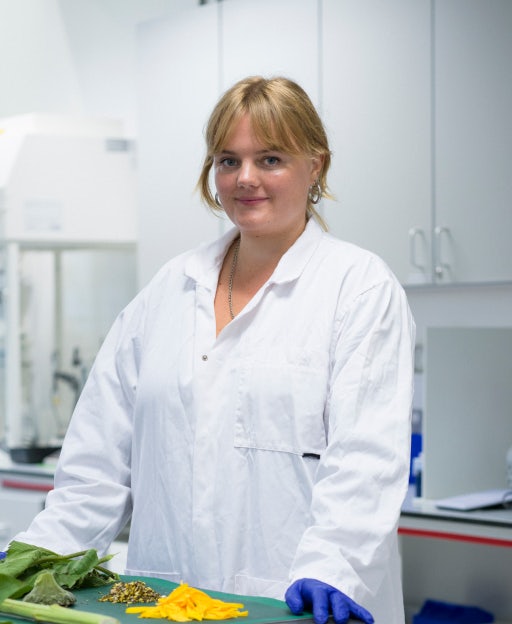
Secrid Talent Podium - ClimaFibre
Sunflowers can help to reduce our dependence and the environmental damage of cotton in the fashion industry.
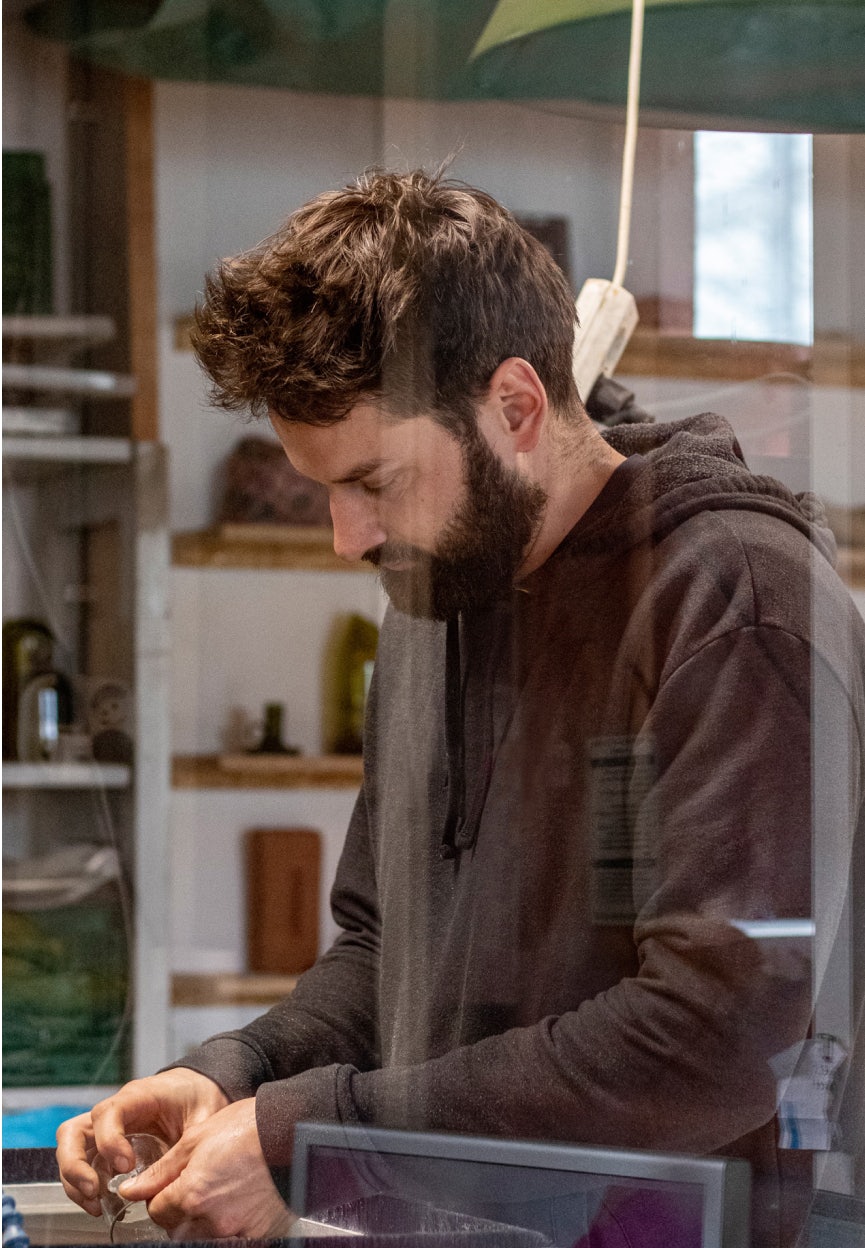
Secrid Talent Podium - Super Local
Luc van Hoeckel designs solutions for the 90% of the world's population without access to decent basic facilities.
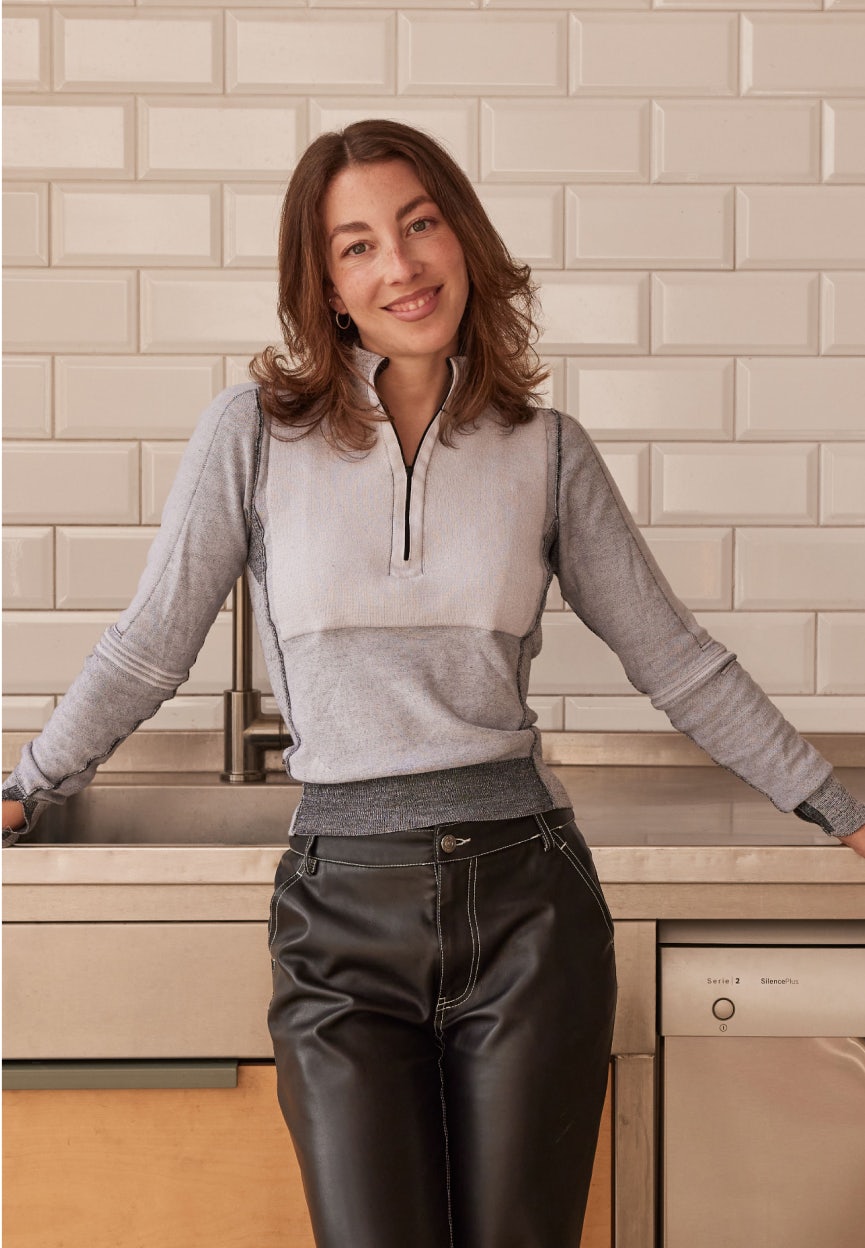
Secrid Talent Podium - Vorkoster
To combat food waste, Kimia Amir-Moazmi is working on a product that allows consumers to see for themselves whether food is still safe to eat.
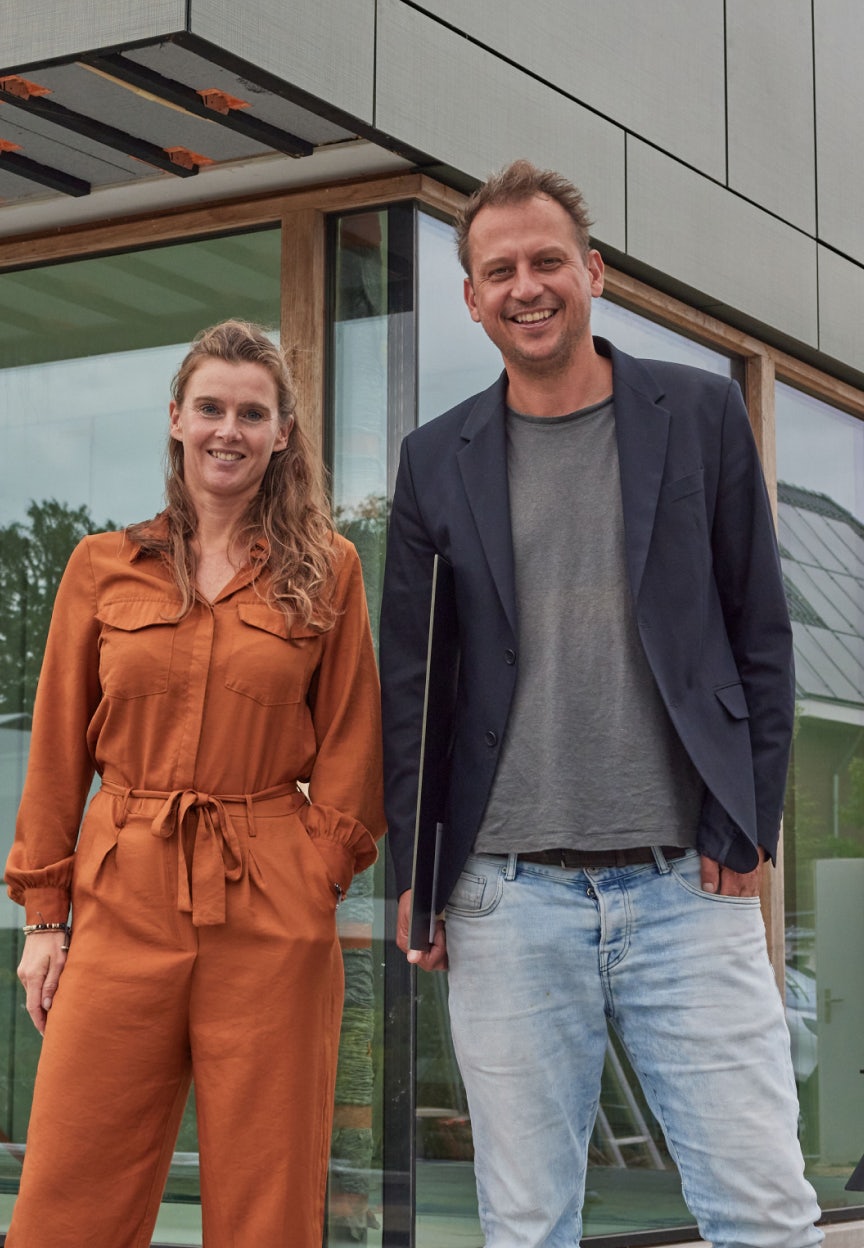
Secrid Talent Podium - Solarix
Solarix designs and produces aesthetic solar panels as façade cladding.
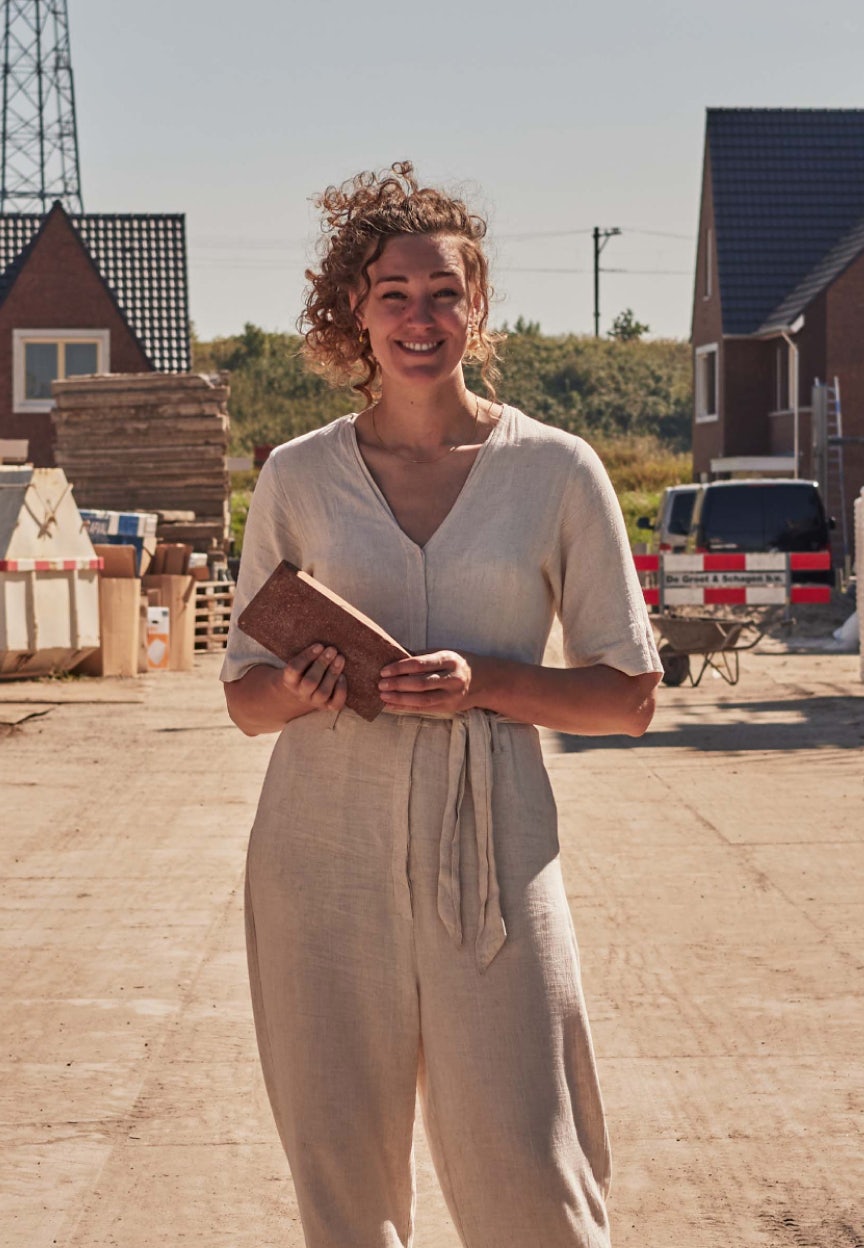
Secrid Talent Podium - Claybens
Emy Bensdorp is developing a technique to transform clay soil contaminated by PFAS into 100% clean bricks.
